Industry Reports
Deep dive into IESA knowledge products through market intelligence reports and emerging technology reviews

EVCI Market Overview Report 2024
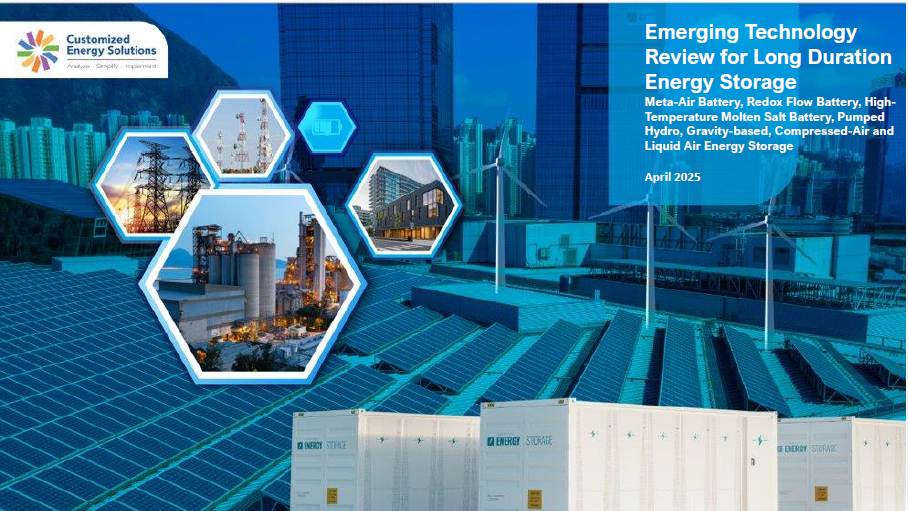
Emerging Technology Review for Long Duration Energy Storage - April 2025
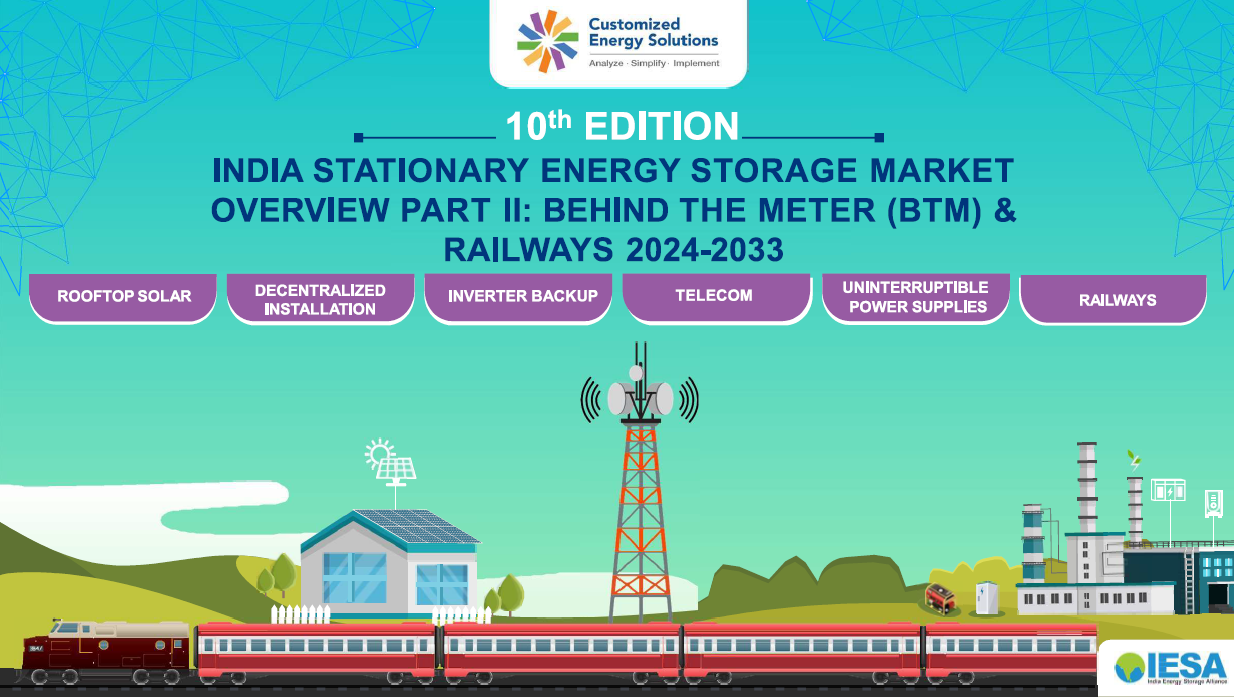
India Energy Storage Market Overview Part II: Behind the Meter(BTM) & Railways 2024-2033.
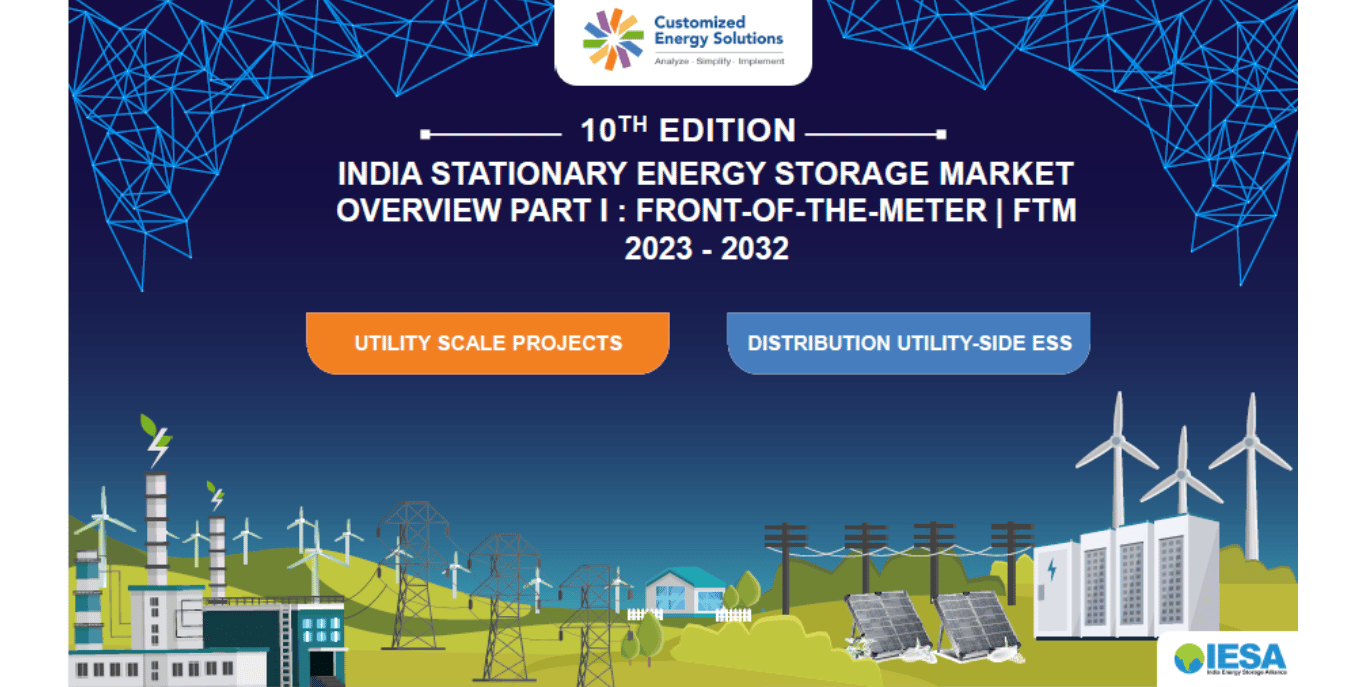
India SES Market Overview Part I : FTM 2023 - 2032
Partner Resources
Build your understanding of the market by accessing the latest partner reports on RE, e-mobility & energy storage

The Power of Batteries to Expand Renewable Energy in Emerging Markets

Status quo analysis of various segments of electric mobility and low carbon passenger road transport in India

Policy and Regulatory Environment for Utility-Scale Energy Storage: India

MNRE series guidelines
Opportunities
Get access to the latest tender information and updates of the energy storage sector
Presentations
Access strategic information, data & insights through the presentations made at IESA flagship events
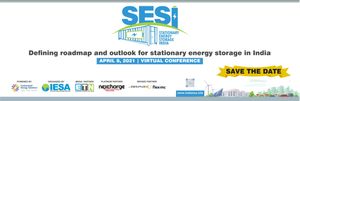
Overview of ESS Tenders & Projects India at SESI 2021
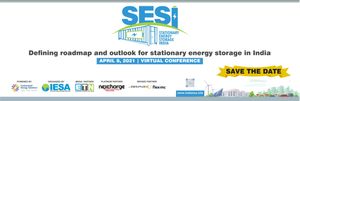
India Stationary Energy Storage Market at SESI 2021
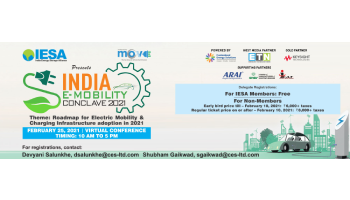
IMC 2021 Presentation by Kowthamraj VS
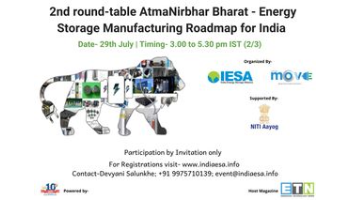
2nd roundtable AtmaNirbhar Bharat Energy Storage Manufacturing by Sarin Sundar
Knowledge Papers
Get high-quality research reports, white papers & perspectives on energy storage, RE & e-mobility sector
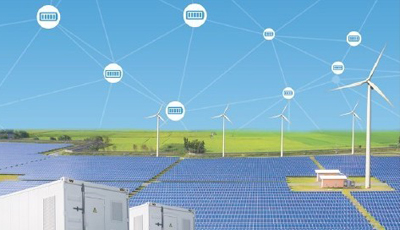
The need of Hybrids in Renewable sector
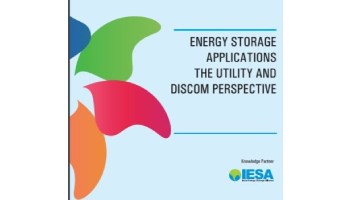
Energy Storage Applications - The Utility and Discom Perspective at World Utility summit (WUS 2020)

India Lead Acid Battery Market 2016 – 2020 (Stationary and Motive Applications)

Energy Storage System (ESS) Roadmap for India: 2019 - 2032 by ISGF, MacArthur Foundation and IESA
Regulations
Learn about the comments & industry inputs given by IESA and its members on policies and regulations
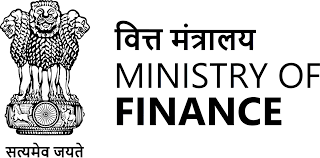
Request to consider exemption of BCD on the lithium-ion cell used in the Manufacturing of Battery/ Battery Pack related to EV and storage applications
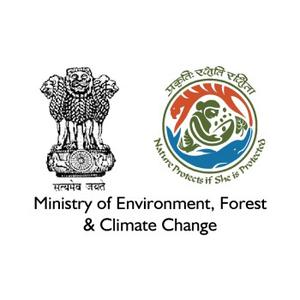
IESA inputs/suggestions on the “Draft Battery Waste Management Rules, 2022”
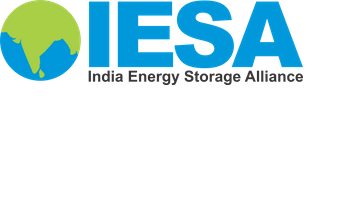
Letter to Shri Prakash Javadekar for the approval for ACC Manufacturing Plan

Letter to MOP - IESA inputs on draft National Electricity Policy’2021
Working Group
Get high-quality information including issue briefs from policy working group meetings, presentations at virtual roundtables, and webinars

PWG meeting, 03-10-2023





